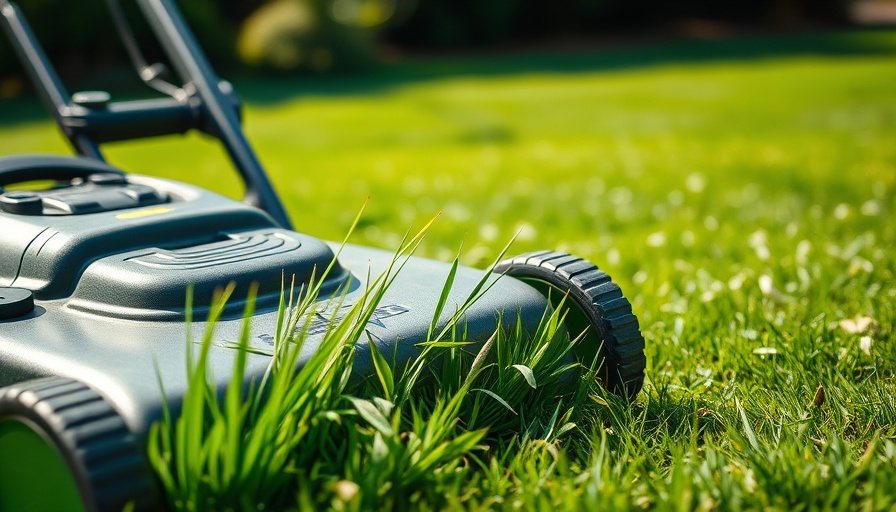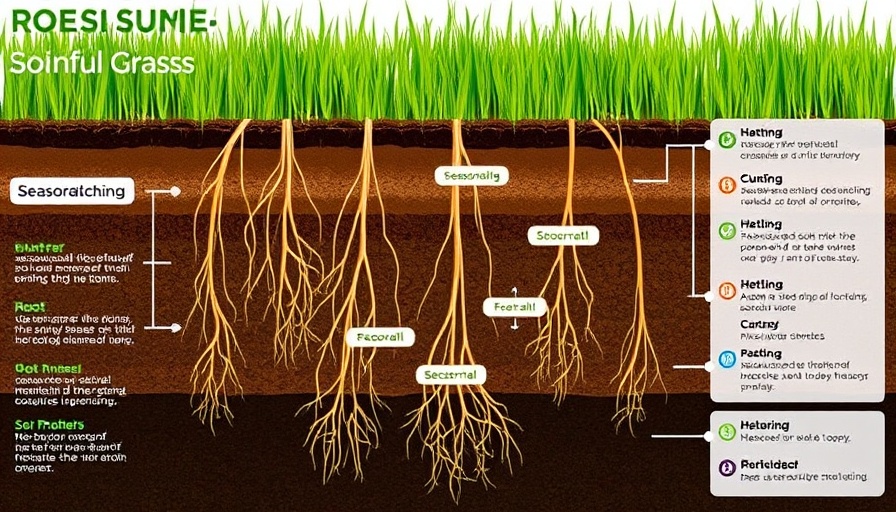
Understanding Crown Hydration: A Winter Lawn Hazard
Crown hydration might sound like a refreshing spa treatment, but for your lawn, it’s a looming threat. When warm winter days fool grass into waking up early, the grass crown—the plant’s life-giving connection between root and stem—absorbs excessive water. But when the cold snap returns, that extra water turns into ice crystals, rupturing the grass cells and causing damage that’s often visible come spring.
How Crown Hydration Occurs and its Impact
In the fascinating dance of nature, turfgrass prepares for winter by creating its own 'antifreeze'. This includes reducing water intake and bulking up cell walls. However, unseasonably warm days can lead to a phenomenon called de-acclimation, where the grass prepares for spring prematurely. If a freeze follows, the water stored in the crown freezes, causing damage or killing the grass entirely, especially in species like perennial ryegrass and annual bluegrass.
Prevention Tips: Protecting Your Lawn
Preventing crown hydration damage involves strategic preparation. Ensure your lawn has good drainage to avoid water pooling. Optimize your fall lawn care routine by avoiding close mowing and high-nitrogen fertilizers which inhibit hardening. Instead, aim for a balanced preparation, ensuring your lawn can withstand harsh conditions without succumbing to the risks.
Future Predictions and Trends in Turf Management
The unpredictability of weather patterns due to climate change could make crown hydration a more frequent concern. As global temperatures fluctuate more wildly and warm spells become more common during the winter months, experts predict an increase in lawn care technologies focused on water management and freeze protection to help mitigate potential turf damage.
Counterarguments and Diverse Perspectives
While some lawn care enthusiasts may argue that nature should take its course, allowing the strongest grass to survive, others emphasize proactive measures. Addressing crown hydration proactively not only protects individual lawns but could also prevent larger environmental impacts, such as soil erosion or increased runoff, by maintaining healthy vegetation coverage.
Understanding the intricacies of crown hydration can turn a potentially devastating winter threat into a manageable aspect of lawn care. By staying informed and prepared, homeowners can keep their grass greener, healthier, and more resilient year-round.
 Add Row
Add Row  Add
Add 


 Add Row
Add Row  Add
Add 

Write A Comment